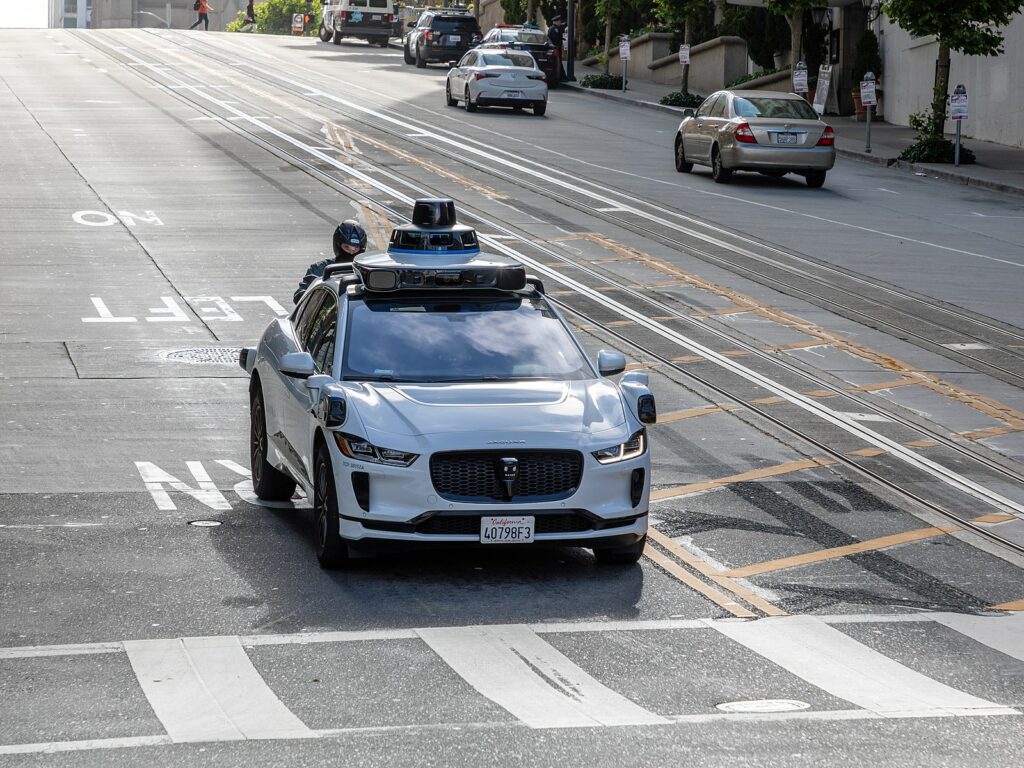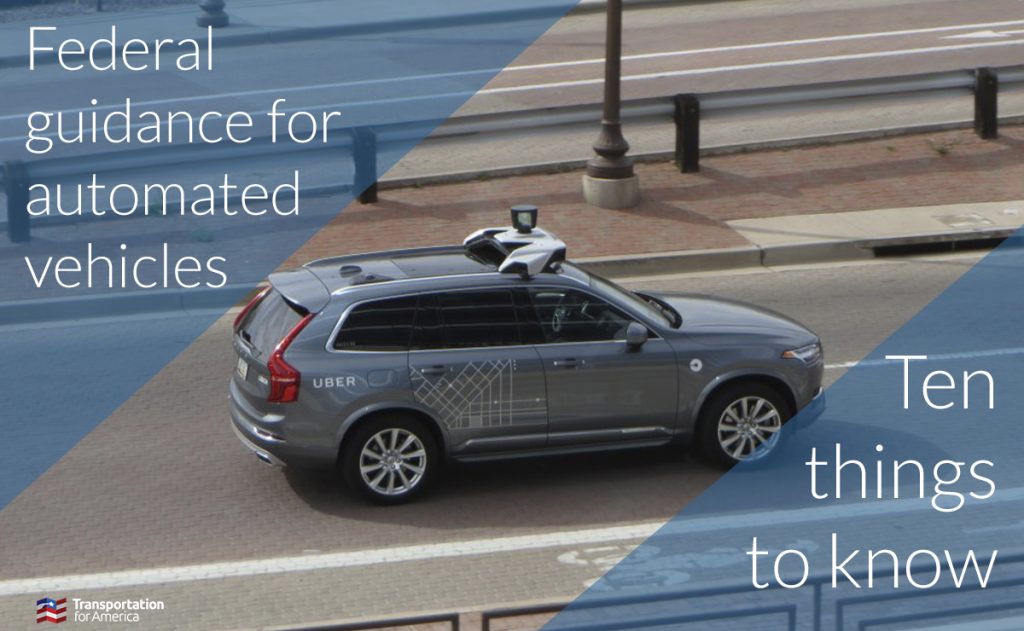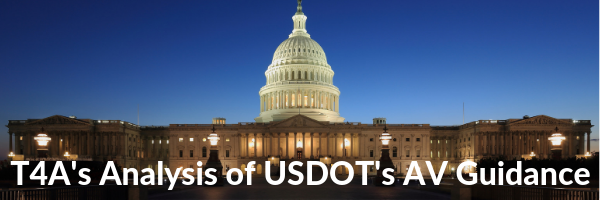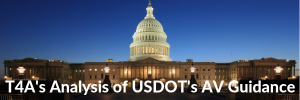
Autonomous vehicles (AVs) have been dangled as a transportation “silver bullet” for decades. Now, they’re finally operating as robo-taxis in San Francisco. However, the Bay Area’s experience with these vehicles so far shows that it’s our reliance on cars—not who’s behind the wheel—that’s our most pressing problem.

On August 10, the California Public Utilities Commission (CPUC) voted to allow two autonomous vehicle (AV) companies to operate robo-taxis in San Francisco 24 hours a day and charge for the rides. This decision came despite significant, wide-ranging opposition, brought up before the hearing and highlighted during. As part of limited, fare-free pilots conducted by these companies, San Franciscans have experienced exactly the chaos that replacing imperfect humans with impartial computers was supposed to solve.
This decision by the CPUC is a continuation of the mistakes we’ve made with our transportation systems for the past century. AVs are assumed to be the solution to dangerous streets, traffic congestion, and transportation emissions. Unfortunately, as they’re set up right now, AVs are nothing more than a distraction from the policy changes that would make our transportation system safer, more equitable, and more sustainable.
The unmet promise of automating transportation
Automating transportation isn’t a bad idea. In fact, automated transportation has existed for decades, in the form of public transit. Automated metros in places like Tokyo, Vancouver, and now even Montreal and Honolulu move millions of people every day around the globe. At airports across the U.S. you can also find automated “people movers” helping people move between terminals and access local transportation options. These technologies are highly regulated and implemented with a clear purpose: they reduce operating costs while increasing the capacity of public transit, allowing more people to travel.
For nearly a century now, car-makers have been arguing that automation could similarly revolutionize car travel. As historian Peter Norton has described, the automobile industry has depicted self-driving cars as a generation away for the past several decades. For people who can’t drive due to a disability, people too old to drive, people too young to drive, and people who simply don’t want to drive, this technology would be transformative.
Unfortunately, even if this future were as close as it seems, it may not live up to its promise. According to an advertisement by Cruise—one of the two companies now operating robo-taxis in San Francisco—if their technology was behind the wheel instead of humans, we would have far fewer deaths on our roadways because their products are “designed to save lives.”
This contrasts with reporting and data collected by the National Highway Traffic Safety Administration (NHTSA) highlighting that AVs are certainly still involved in crashes, many of which result in serious injuries and fatalities. San Francisco’s experience as an AV-guinea pig provides some data on crashes and some insight into AVs’ current flaws. There are documented cases of AVs driving away from police, cruising down sidewalks, and coming to a dead halt when cell service is bad. While AV makers say these are anomalies, without data from the companies to disprove this we can only believe what we see plainly before us.
Beyond safety, AV proponents also promise less wasted time. With our cars driving themselves, we will be able to travel everywhere we need to go while still being able to work, catch up with friends and loved ones, or just relax from inside a car. However, this argument assumes that the amount we drive stays the same, an unlikely scenario when driving no longer requires anybody actually driving. In fact, research replicating an AV future and an analysis of data from existing partially automated driving technology show that AVs will lead people to spend significantly more time on car travel.
This additional time spent in a car also threatens to torpedo any hopes of a more sustainable transportation system. No matter whether AVs are electric or not, a future with more driving would still involve more extraction of natural resources and more pollution from tires and brakes. We will never reach ambitious climate targets with a transportation system that requires people to drive more, not less.
Promising a technological solution to a political problem—and then using political will to force their solution on society—is a consistent behavior of the auto-industry. In the 1920s, the industry knew that their products were killing children and congesting city streets. But instead of changing their products, they changed our communities. They created and supported the policies that have destroyed vibrant neighborhoods and displaced their residents, emitted huge amounts of carbon, and killed tens of thousands of us every year. That’s not innovation, it’s exploitation.
Selling us a bill of hoods
If AVs were being pursued because they were the most effective way to help people who will never be able to drive, maintain mobility for aging members of our communities, and save lives, we would all welcome them with open arms. That’s why the Advocates for Highway and Auto Safety have released a list of tenets, which Transportation for America has signed on to, to guide an introduction of AVs into our vehicle fleet.
These guardrails aren’t an attempt to stop us from getting to a self-driving future. These policies are what’s required to ensure that the future includes everybody, including those outside of a car. That’s why individuals and advocacy organizations who exist to make transportation safer have made it clear: without changes to transportation policy, AVs aren’t set up to solve our problems, just automate them.
Right now, AV-makers would have us believe that all of our transportation concerns will go away if we simply replace human drivers with computers. But we know this is not true. Automation that leads to more driving will not reduce congestion or emissions. It will not free people from increasingly long trips to reach their essential destinations. It will not relieve people of the financial burden of car ownership. And it will not change the dangerous design of our roadways, which encourages high vehicle speeds at the cost of pedestrian safety. If we continue to give AV-makers free reign, without government regulation and data collection to understand their impact on our roadways, we will not get any closer to solving the problems AVs are supposedly ready to solve.
AV-makers—including the robo taxi companies in San Francisco —aren’t trying to solve these problems. They’re just trying to sell us cars.







